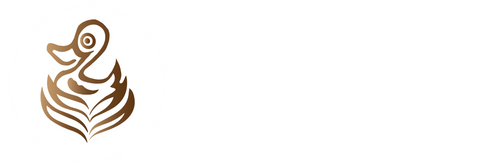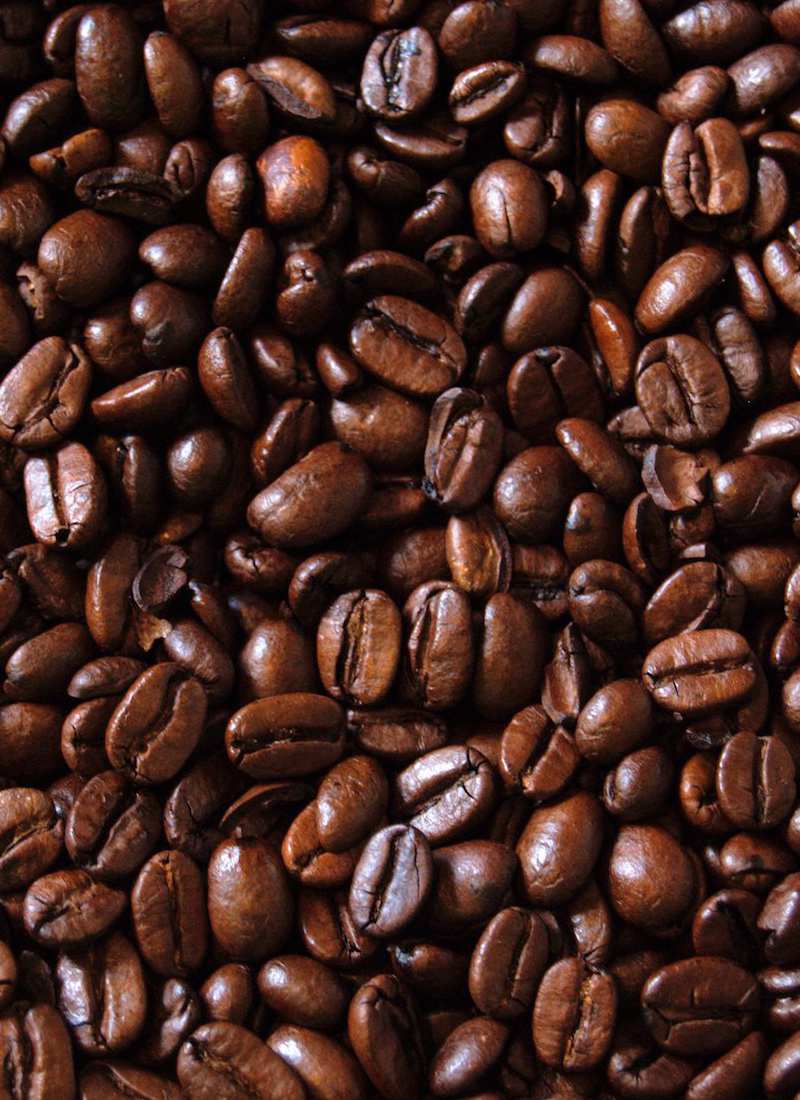Origin: Indonesia
Region: Sumatra
Altitude: 900-1200mtrs
Varietal: S795 & Typica
Cupping Score: 84/100
Profile: Earthy, grassy with nice aroma, almonds, hazelnut, chocolate, some nice herbs, dark plum, brown sugar sweetness, mild acidity and full creamy body.
Our supplier sources these coffees directly and exclusively with a group of about 360 farmers, working about 400 hectares of land in the Sipangan Bolon region (near the tourist town of Parapat on lake Toba) in North Sumatra.
This year’s lot was triple picked in the dry mill in order to get it even cleaner than previous seasons. This direct relationship between grower, exporter and importer is very rare in Indonesia; most coffee is traded through a myriad of hands until one of the few large exporters blends it together and ships out the old style Mandheling.
“By working directly with small village producers we get to understand their coffee production process, their quality issues and then implement often simple solutions to improve consistency and quality. They also benefit from our involvement in providing advice on quality systems and simple agronomy lessons. They also love to meet the people buying their coffees.”
The Sipangan Bolon coffee is one of the lower altitude coffees in Sumatra, but certainly one of the most consistent due to the diligent work of fedi the mill owner/manager. The coffees are always consistent from batch to batch and season to season which is why this coffee has export markets from Europe, Japan, USA and now of course in Australia.
The broader Sumatran coffee industry is sophisticated and well established, developed over 20 years by national & international companies all aiming to meet the growing demands of the specialty market. However the industry still has little transparency down the chain from the processor/exporter. North Sumatra, centered on Lake Toba, produces an additional 30,000tons per year and all of the coffee from Aceh & Sumatra is exported from Belawan port in Medan (nth Sumatra).
The first “certified” coffee from the region was in 1992 under the name “Gayo Mountain Organic Coffee”, a government owned mill which was later bought by a European specialty broker in 1997. The second “certified” coffee was Utz Kapeh in 2002 and by 2007 there were 5 certified Utz exporters. Starbucks is now attempting to obtain third party certifications for their external exporters under the C.A.F.E Practices program.
However, there is still little evidence that farmers have direct relationships with buyers and it is not uncommon for coffee to change hands up to 4 times before arriving at the processor/exporter. Some US traders believe that third party certifications will be difficult in the existing disjointed supply chain structure downstream from the consolidator/processor/exporter.

